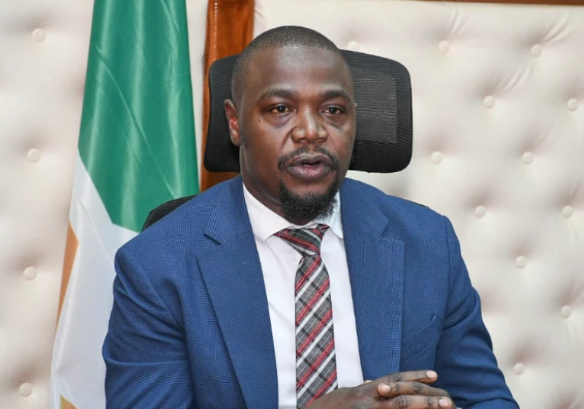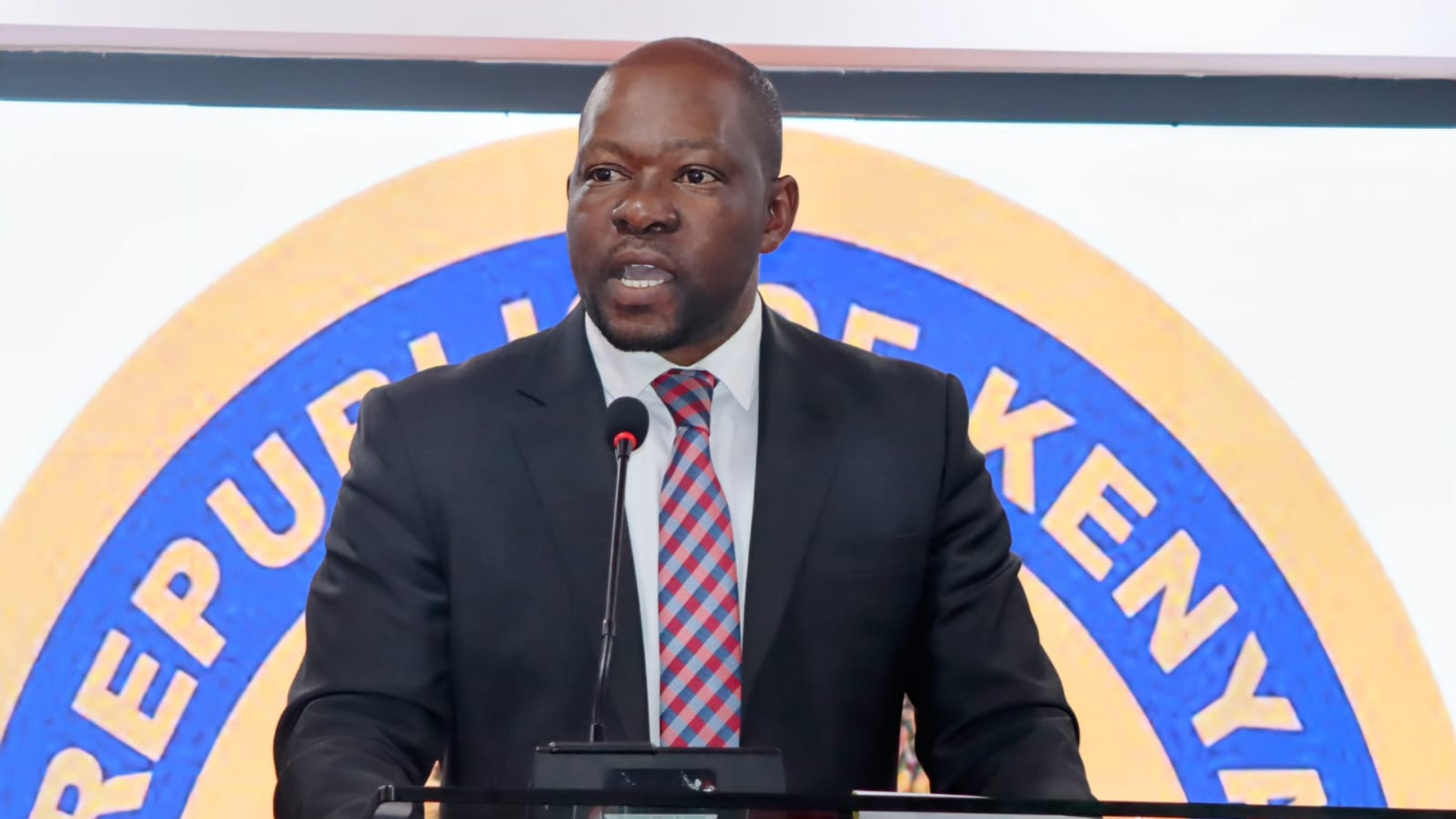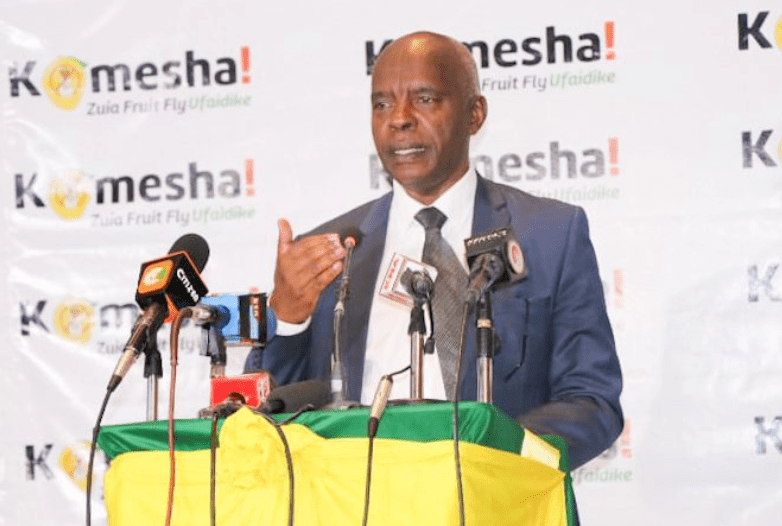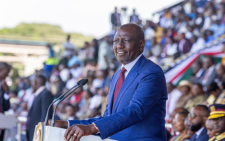People living with HIV forced to rethink response
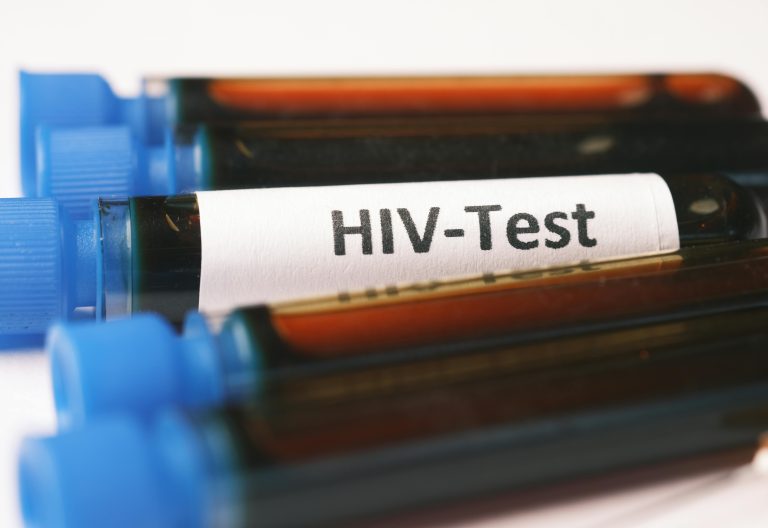
People Living with HIV (PLHIV) have been forced to rethink the disease response mechanisms following the sudden US foreign aid shift recently.
They were well at an advanced stage of drawing a transition roadmap from donor dependence when the US took the swift decision. Hosted in Nairobi by the Global Network of People Living with HIV (GNP+), 30 PLHIV network leaders recounted how the abrupt announcement by the US threw the strategy – that was on its way to fruition – into the winds.
This, according to GNP+ delegates in the ongoing PLHIV Leadership Summit 2025, was supposed to have gradually happened, but the events then of the U.S. and other global donors have now dictated a fast tracking of this process.
“So because we are now thrown into this wind, there was a plan in the process that we were supposed to test and implement, but that now is not happening,” said Florence Riako Anam, the GNP+ Co – Executive Director.
She said that’s mainly the reason the GNP+ convened over 30 PLHIV network leaders from across the world to strengthen local for global advocacy towards secured access to treatment and quality of life for all people living with and impacted by HIV.
With time running out on the current ongoing HIV response programmes including commodity provision, counselling and testing, Anam the US decision though hard-hitting, gives opportunity for reimagining and re-organising strategic reactions.
What was being done at the end of the year in 2024, she noted cannot happen now, even the funding that was there, is also gone, and calls for quick thinking to get out of the hole the sudden shift has thrown the programmes into.
“We are bringing people living with HIV together to identify what then are the priorities, but also as our governments now are put in this position where they have to readapt the health facilities, and readapt the HIV service delivery models, we want to think with them about what exactly we would do,” she said.
The GNP+, Anam revealed, has been working with partners, including through the U.S. President’s Emergency Plan for AIDS Relief (PEPFAR) grant and governments, to begin to transition the HIV response into a more national or country-owned response.
This, she said, is in relation to what was happening before, which was highly donor-funded.
“And so we’ve been engaging in this programme led by the Joint United Nations Programme on HIV and AIDS- UNAIDS and PEPFAR called the HIV Sustainability Roadmap Developments, which were literally just multisectoral discussions and planning around how to institutionalise the HIV epidemic,” she narrated.
In view of this, the delegates who are concluding the three-day meeting today have said governments have no option now but to own those programmes.
They expect to come up with a concrete roadmap this afternoon – when the curtains come down on the Summit – on how to re-organise their programmes and other activities that support the HIV response.
“So governments would have to own it now and run it on their own as donors take a less and less and less role in it,” said Nelson Otwoma, the executive director of the National Empowerment Network of People Living with HIV/AIDS in Kenya (NEPHAK).
He pointed out that what has happened is a collapse of a donor-funded vertical structure that can no longer exist, presenting a chance to work collaboratively with the governments to figure out within the systems of government that remain standing – in this reality – how can HIV services continue to be available for people living with HIV so that we can stay alive.
“So we are here to brainstorm on what are recipients of care, people living with HIV going to do? What role will they perform to support the Ministry of Health to make sure that they deliver care? And what role they want to do? Advocacy? So the government must open their gates,” he said.
However, he wondered whether the government will now open their gates even when the HIV community networks want to do advocacy. PLHIV network came together in solidarity to rebuild the HIV movement in response to the shifting global priorities that has cut funding to the sector at a time when progress had also stagnated. In 2023, 9 million people living with HIV did not access life-saving treatment, and 630,000 people died from AIDS, highlighting the stark reality that the global response is off-track.

